当前位置:网站首页>Common lipophilic cell membrane dyes DiO, Dil, DiR, Did spectrograms and experimental procedures
Common lipophilic cell membrane dyes DiO, Dil, DiR, Did spectrograms and experimental procedures
2022-08-03 04:45:00 【Fluorescent House】
Di belongs to long-chain dialkyl carbocyanine dyes. Its unique structure makes it extremely lipophilic and can be combined with lipid-soluble biological structures. At a certain concentration, it can completely dye cell membranes.Di dyes have high quenching coefficients and excited state lifetimes after being excited, and play a great role in the localization and tracing of cells and tissues.
DiD (CAS: 127274-91-3), DiO (CAS: 34215-57-1), DiI (CAS: 41085-99-8), DiR (CAS: 100068-60-8) and DiS dyes areA family of lipophilic fluorescent dyes that can be used to stain cell membranes and other lipid-soluble biological structures.When bound to the cell membrane, its fluorescence intensity is greatly enhanced, and these dyes have high quenching constants and excited-state lifetimes.Once cells are stained, these dyes spread across the cell membrane, and at optimal concentrations can stain the entire cell membrane.Their fluorescence colors are distinct: DiI (orange fluorescence), DiO (green fluorescence), DiD (red fluorescence) and DiR (dark red fluorescence) which allows them to be used for multicolor imaging and flow analysis of live cells.DiI and DiO can be used with standard FITC and TRITC filters, respectively.DiD can be excited by a 633 nm He–Ne laser, has longer excitation and emission wavelengths than DiI, and is more valuable in cell and tissue staining.The infrared fluorescence of DiR penetrates cells and tissues and is used for tracking in in vivo imaging.
Common Di dyes include DiO, DiI, DiD, and DiR, which form fluorescence of different colors after being excited (see Figure 1).

Figure 1. DiO, DiI, DiD, DiR spectra
Supplier: Xi'an Kaixin Biotechnology Co., Ltd.
■ DiO staining as an example, briefly throw out the in vitro experimental steps
a) Inoculate an appropriate number of cells and incubate at 37°C overnight.
b) Remove the medium, collect the cells by centrifugation, add PBS and wash 2-3 times, 5 minutes each time.
c) Add the corresponding concentration of DiO working solution (5-10 μM) and incubate at room temperature for 30 minutes.
d) Centrifuge at 400 g for 3-4 minutes at 4°C and discard the supernatant.Wash the cells 2-3 times by adding PBS again to fully remove the DiO that did not enter the cells.
f) Cells were resuspended in serum-free medium or PBS and examined under a fluorescence microscope or flow cytometer.

Figure 2. Schematic diagram of the experimental process
■ DiO
DiO is a green fluorescent dye with excitation/emission wavelengths of 483/501 nM, DiO is often used in forward orBacktracking of various types of cells or tissues.(However, compared with the other three dyes, DiO dyes have weaker fluorescence intensity and are slightly less effective for some fixed tissue sections).
Xin Li et al. investigated whether CPCs (cardiac progenitor cell)-derived exosomes (CPCs-Ex) could utilize the mTOR signaling pathway to reduce apoptosis in viral myocarditis.The researchers labelled CPCs-Ex with DiO (Dio can be incorporated into the cell membrane by selective segmentation), and assessed the in vitro uptake of CPCs-Ex by H9C2 cells. Fluorescence microscopy revealed that each cytoplasm of H9C2 cells contained a fluorescent signal (Figure 2).), and reduced apoptosis in H9C2 cells, confirming the anti-apoptotic effect of CPCs-Ex in CVB3-infected cells.

Figure 3. Uptake of DiO-labeled exosomes by H9C2 cells[1]
■ DiI
DiI is a orange-red fluorescent dye with excitation/emission wavelengths of 551/569 nM, DiI was used for forward orFor reverse tracing of various cells or tissues, the fluorescence signal intensity is higher than that of DiO, and its fluorescence signal will be greatly amplified when it enters the cell membrane.
As shown in Figure 4, Dil dye-labeled exosomes were then co-cultured with target cells.Confocal microscopy was used to capture the uptake of Dil-labeled exosomes by HOS cells, where the labeled exosomes emit specific orange-red fluorescence.

Figure 4. Uptake of red fluorescent dye Dil-labeled hBMSC-Exos[2] by HOS and MG63 cells
■ DiD
DiD is a red fluorescent dye with excitation/emission wavelengths of 646/663 nM. DiD has a high fluorescence signal and is not easy toQuenching, low autofluorescence interference, not only for cell/tissue staining, but also most commonly used in small animal live imaging.
Yuxuan Fu et al. developed a drug delivery method to achieve the goal of better entry of anti-COVID-19 drugs into target organs. The researchers used DiD to label the receptor binding domain of extracellular vesicle (EV) viral protein (EV-RBD), and injected into the mouse tail vein, it can be seen by fluorescence imaging that the signal mainly accumulates in the heart, lung, and kidney, and it is worth noting that at 96 h, the fluorescent signal accumulated by the labeled EV-RBD is stillretained in lung tissue, demonstrating the feasibility of the method.

Figure 5. Distribution of DiD-labeled EV-RBD in mice [3]
■ DiR
DiR is a near-infrared dye with excitation/emission wavelengths of 754/778 nm for forward or reverse tracking of various cells or tissues. Like DiD, DiR has a low autofluorescence background and is also used inIn vivo imaging.
Today's introduction is here for the time being. Do you guys have a little gain after reading it?
■ Xi'an Kaixin Biotechnology Co., Ltd. Product Summary:

边栏推荐
- Tributyl-mercaptophosphane "tBuBrettPhos Pd(allyl)" OTf), 1798782-17-8
- Practical application of WebSocket
- IO process thread -> thread -> day5
- typescript43-类型兼容性说明
- closures in js
- Interface test practice | Detailed explanation of the difference between GET / POST requests
- 「短视频+社交电商」营销模式爆发式发展,带来的好处有什么?
- excerpt from compilation book
- BIOTIN ALKYNE CAS: 773888-45-2 Price, Supplier
- Harmony OS ets ArkUI 】 【 】 the development basic page layout and data connection
猜你喜欢

打破传统电商格局,新型社交电商到底有什么优点?
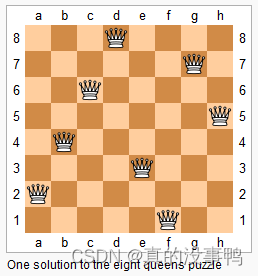
DFS对剪枝的补充

Kotlin-Flow常用封装类:StateFlow的使用
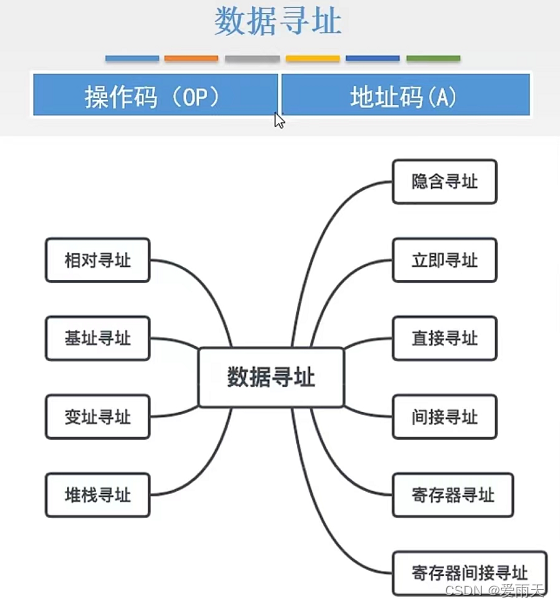
Problems that need to be solved for interrupting the system

GIS数据漫谈(六)— 投影坐标系统
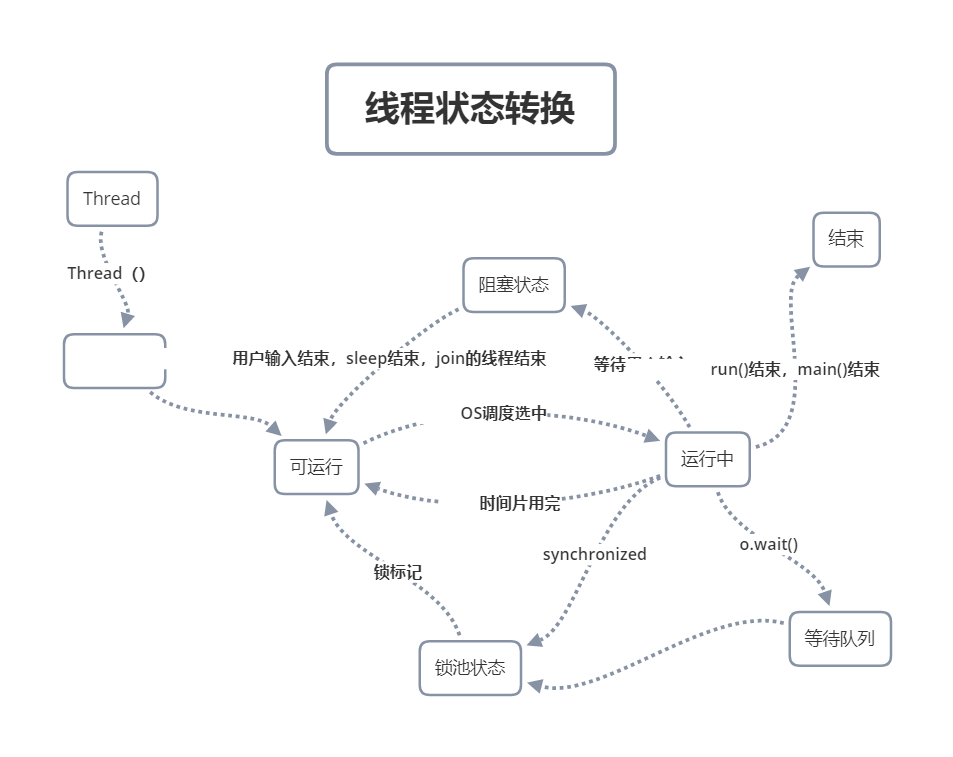
2022/08/02 Study Notes (day22) Multithreading
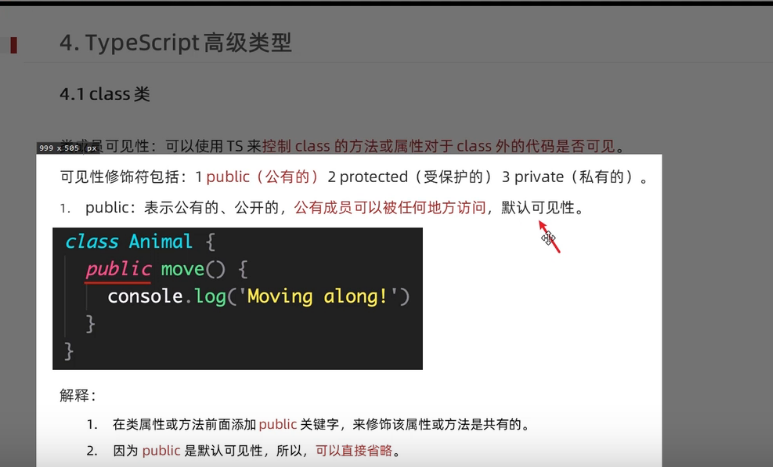
typescript39-class类的可见修饰符

DFS's complement to pruning
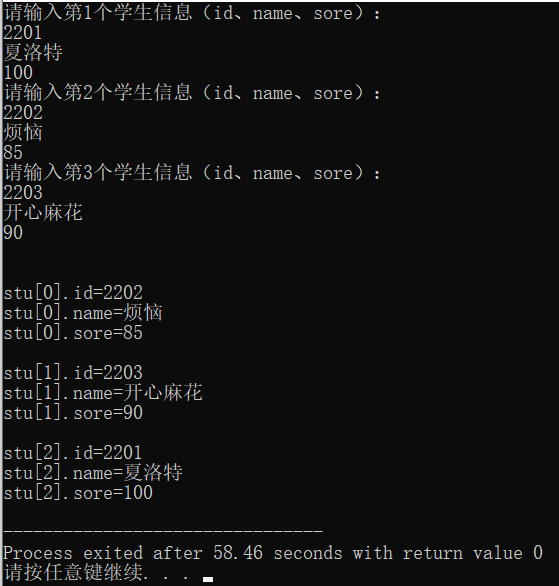
c语言结构体中的冒泡排序
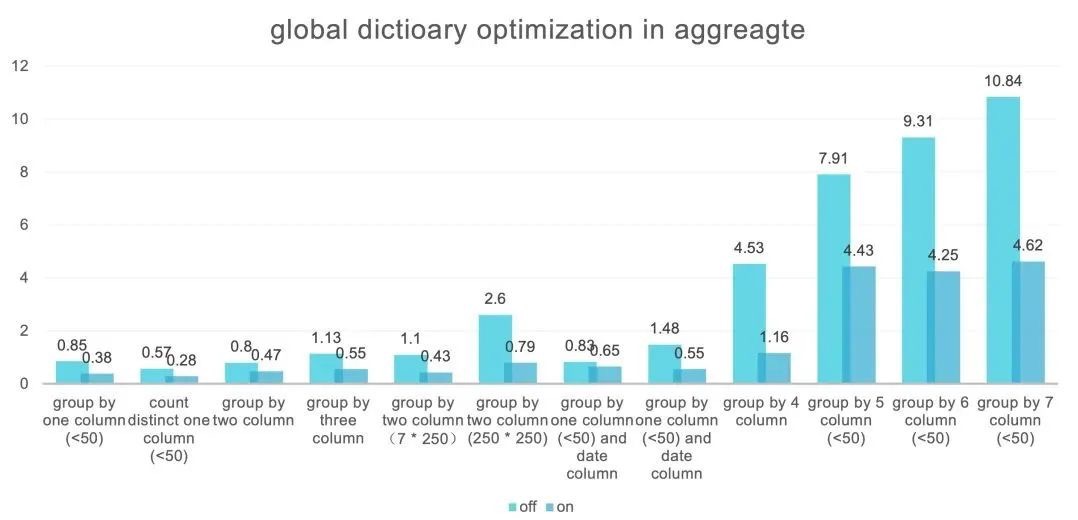
Live | StarRocks technology insider: low base dictionary global optimization
随机推荐
【Harmony OS】【FAQ】Hongmeng Questions Collection 1
typescript42-readonly修饰符
GIS数据漫谈(六)— 投影坐标系统
Redis连接不上的报错解决方案汇总
Detailed explanation of MOSN reverse channel
js garbage collection mechanism
接口测试实战| GET/POST 请求区别详解
测试人员的价值体现在哪里
常见亲脂性细胞膜染料DiO, Dil, DiR, Did光谱图和实验操作流程
typescript39-class类的可见修饰符
【Harmony OS】【ARK UI】ets use startAbility or startAbilityForResult to invoke Ability
install ambari
2022/08/02 Study Notes (day22) Multithreading
User password encryption tool
typescript45-接口之间的兼容性
Tributyl-mercaptophosphane "tBuBrettPhos Pd(allyl)" OTf), 1798782-17-8
三丁基-巯基膦烷「tBuBrettPhos Pd(allyl)」OTf),1798782-17-8
BIOTIN ALKYNE CAS: 773888-45-2 Price, Supplier
【软件工程之美 - 专栏笔记】35 | 版本发布:软件上线只是新的开始
I ported GuiLite to STM32F4 board